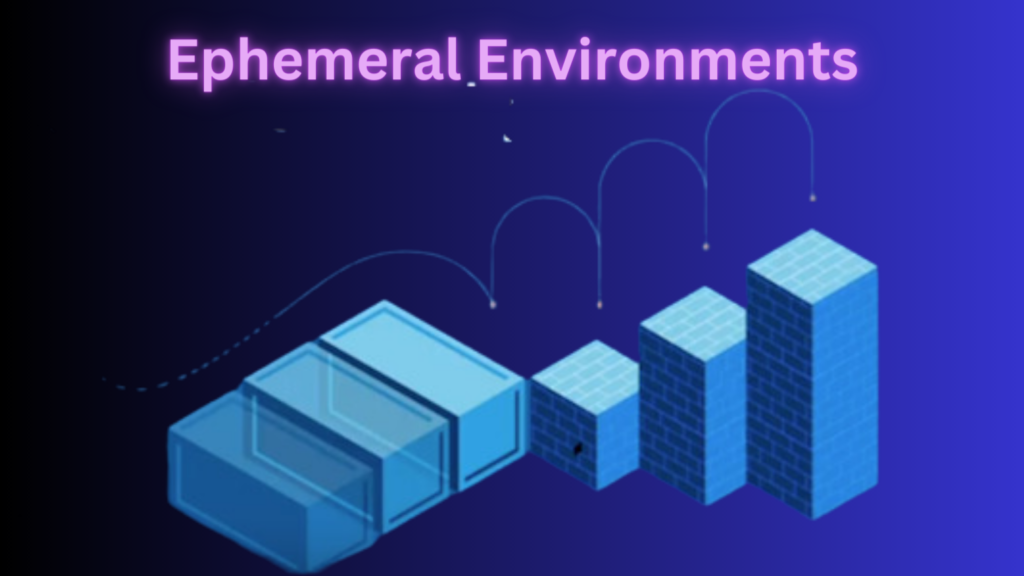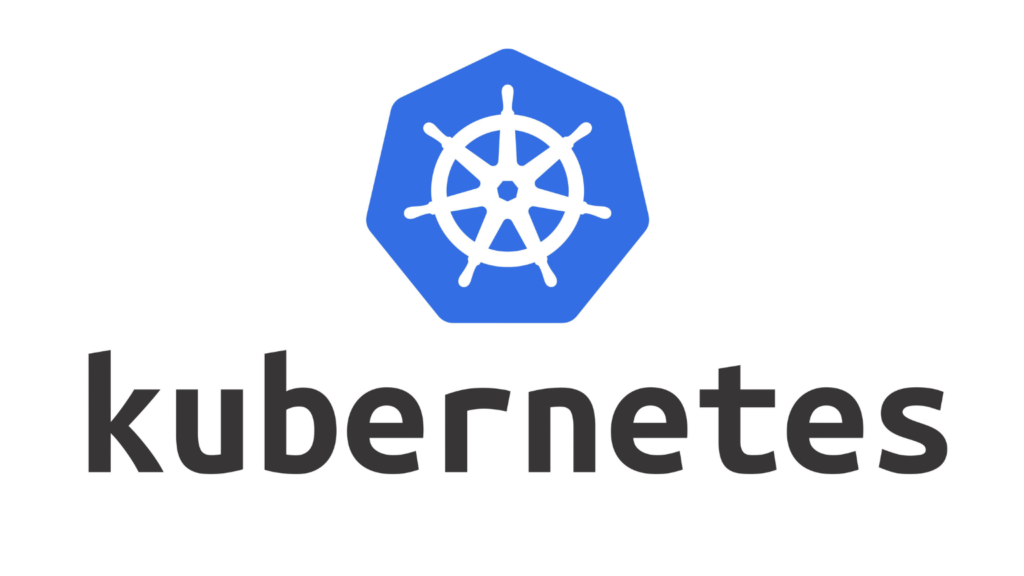Ephemeral Environments: A Complete Guide to Automated Development

In today’s fast-paced software development world, it’s essential to have a development process that is both efficient and effective. One way to achieve this is by using ephemeral environments. In this article, we will explore what ephemeral environments are, how they can benefit your team, and how to automate them. What are Ephemeral Environments? Ephemeral environments are temporary environments that are created on-demand for specific tasks, such as testing new features or running automated tests. These environments are created from scratch each time they are needed and are destroyed once the task is complete. This approach is in contrast to traditional development environments, which are often long-lived and require manual setup and maintenance. The Benefits of Ephemeral Environments There are several benefits to using ephemeral environments in your development process. Here are some of the most significant advantages: Computer Vision Applications in Manufacturing How to Automate Ephemeral Environments Automating ephemeral environments can save your engineering team time and reduce the risk of human error. Here are the steps to automate your ephemeral environments: Best Practices for Using Ephemeral Environments While ephemeral environments can provide significant benefits to your development process, there are some best practices you should follow to ensure their effectiveness: What Are Kubernetes Services? The Ultimate Guide Conclusion Ephemeral environments are a powerful tool for improving your development process. By creating temporary environments on-demand, you can increase flexibility, improve collaboration, and reduce costs. Automating your ephemeral environments can save your engineering team time and reduce the risk of human error. By following best practices, you can ensure the effectiveness of your ephemeral environments and improve the quality of your software.
What Are Kubernetes Services? The Ultimate Guide

Kubernetes is an open-source container orchestration platform that automates the deployment, scaling, and management of containerized applications. One of the key features of Kubernetes is its ability to manage services, which are an abstraction layer that provides a stable IP address and DNS name for a set of pods. In this ultimate guide, we will explore what are Kubernetes services, how they work, and why they are important. What are Kubernetes Services? Kubernetes services are an abstraction layer that provides a stable IP address and DNS name for a set of pods. Pods are the smallest deployable units in Kubernetes, and they are used to run containers. Services provide a way to group pods together and expose them to other parts of the cluster or to the outside world. How do Kubernetes Services work? Kubernetes services work by creating a virtual IP address and DNS name that can be used to access a set of pods. When a service is created, Kubernetes assigns it a unique IP address and DNS name. This IP address and DNS name are used to route traffic to the pods that are part of the service. Kubernetes services use labels to select the pods that are part of the service. Labels are key-value pairs that are attached to objects in Kubernetes, such as pods, services, and deployments. When a service is created, it uses a label selector to select the pods that are part of the service. OpenShift Vs Kubernetes: A Comprehensive Comparison Importance of Kubernetes Services Kubernetes services are important because they provide a way to expose pods to other parts of the cluster or to the outside world. Services provide a stable IP address and DNS name that can be used to access a set of pods, even if the pods are replaced or moved to a different node in the cluster. Services also provide load balancing for pods. When a service is created, Kubernetes automatically creates an endpoint object that contains the IP addresses of the pods that are part of the service. When a client sends a request to the service, Kubernetes uses the endpoint object to route the request to one of the pods. This provides load balancing for the pods, which helps to ensure that the workload is evenly distributed across the cluster. Types of Kubernetes Services There are four types of Kubernetes services: ClusterIP, NodePort, LoadBalancer and ExternalName. Creating and Managing Kubernetes Services Creating a Kubernetes service is a simple process that involves defining a service manifest file and using the kubectl command-line tool to create the service. The service manifest file defines the type of service, the ports that the service will listen on, and the label selector that will be used to select the pods that are part of the service. Here is an example of a service manifest file: This manifest file defines a ClusterIP service named “my-service” that listens on port 80 and routes traffic to pods that have the label “app=my-app”. The service listens on port 80 and forwards traffic to port 8080 on the pods. To create the service, save the manifest file to a file named “my-service.yaml” and use the kubectl command-line tool to create the service: Best Programming Language for Data Science Managing Kubernetes Services is also a straightforward process. Services can be updated, scaled, and deleted using the kubectl command-line tool or the Kubernetes API. Here are some common management tasks: Conclusion Kubernetes services are an important feature of the Kubernetes platform that provide a way to expose pods to other parts of the cluster or to the outside world. Services provide a stable IP address and DNS name for a set of pods, and they also provide load balancing for the pods. In this ultimate guide, we have explored what Kubernetes services are, how they work, and why they are important. We have also looked at the three types of Kubernetes services and how to create a Kubernetes service. By understanding Kubernetes services, you can take advantage of this powerful feature to deploy and manage containerized applications with ease. References
Chaos Engineering Tools: Building Resilient Systems

In today’s world, software systems are becoming increasingly complex and fragile. As a result, it is essential to ensure that these systems are resilient and can withstand unexpected failures. This is where Chaos Engineering comes in. In this article, we will explore the concept of Chaos Engineering and how it can help build resilient systems. We will also discuss the methodology and requirements for designing a Chaos Engineering tools. What is Chaos Engineering? Chaos Engineering is a discipline that involves intentionally injecting failures into a system to test its resilience. The goal of Chaos Engineering is to identify weaknesses in a system before they cause significant problems. By simulating real-world failures, Chaos Engineering helps organizations build more resilient systems that can withstand unexpected events. Top 10 Chaos Engineering Tools To implement Chaos Engineering, organizations need to use specialized tools that can simulate failures and measure the system’s response. These tools are designed to help organizations identify weaknesses in their systems and improve their resilience. In this section, we will discuss some of the most popular Chaos Engineering tools. 6. Pumba: 7. Chaos Monkey: 8. ToxiProxy: 9. Goad: 10. Chaos Monkey for Spring Boot: Methodology and Requirements for Designing a Chaos Engineering Tool To design a Chaos Engineering tool, organizations need to follow a structured methodology that involves several steps. In this section, we will discuss the methodology and requirements for designing a Chaos Engineering tool. Literature Review The first step in designing a Chaos Engineering tool is to conduct a literature review. This step involves researching existing Chaos Engineering tools and methodologies to identify best practices and areas for improvement. Define Objectives and Functional Requirements The second step is to define the objectives and functional requirements of the Chaos Engineering tool. This step involves identifying the specific goals of the tool and the features it needs to have to achieve those goals. For example, the tool may need to simulate network outages, CPU spikes, and memory leaks. Design and Development The third step is to design and develop the Chaos Engineering tool. This step involves creating a detailed design document that outlines the tool’s architecture, user interface, and functionality. The tool is then developed using programming languages and frameworks that are appropriate for the project. Testing and Validation The fourth step is to test and validate the Chaos Engineering tool. This step involves running the tool through a series of tests to ensure that it works as intended. The tool is also validated against real-world scenarios to ensure that it can simulate failures accurately. Deployment and Maintenance The final step is to deploy the Chaos Engineering tool and maintain it over time. This step involves ensuring that the tool is integrated into the organization’s existing systems and processes. The tool is also updated regularly to ensure that it remains effective and relevant. Conclusion Chaos Engineering is a powerful discipline that can help organizations build more resilient systems. By intentionally injecting failures into a system, organizations can identify weaknesses and improve their resilience. To implement Chaos Engineering, organizations need to use specialized tools that can simulate failures and measure the system’s response. The methodology and requirements for designing a Chaos Engineering tool involve several steps, including a literature review, defining objectives and functional requirements, design and development, testing and validation, and deployment and maintenance. By following these steps, organizations can design and implement effective Chaos Engineering tools that help them build more resilient systems. References
